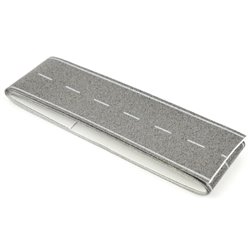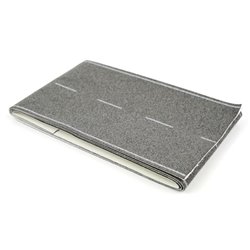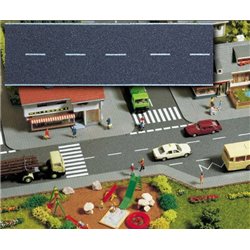There are many types of paint that can be used on plastic kits, and the best choice will depend on the specific...
No products
Product successfully added to your shopping cart
There are 0 items in your cart. There is 1 item in your cart.
Search Tips
How wide are roads?
If you are modelling a road, you need to know how wide the real thing is so your model can be accurate.
Road widths were standardised in the UK in 1993 however there are still exceptions depending on specific circumstances such as having a wider road to allow heavy vehicles to turn.
A single lane is 12 feet (3.60 meters). This gives you a bit under 2 inches (5cm) in OO and 1 inch (2.5cm) in N gauge.
A street road where the road itself is used for pedestrians has a minimum width of 4.8 meters (15.75 ft). This equates to 2.5 inches (6.25cm) in OO gauge and 1.25in (3cm) in N gauge.
A single carriageway with 2 lanes will have a minimum width of 6 meters (about 20 feet). This means about 3 inches (8cm) in OO gauge and 1.5in (4cm) in N gauge.
Finally, a motorway with two lanes is 2x 7.3m (2x 24ft) plus the hard shoulder. This equates to nearly 2x 4in (2x 10cm) in OO gauge and 2x 2in (2x 5cm) in N gauge.
Please note that widths will also vary per country.
Click here to receive the tips weekly in your mailbox. You can unsubscribe at any time.










